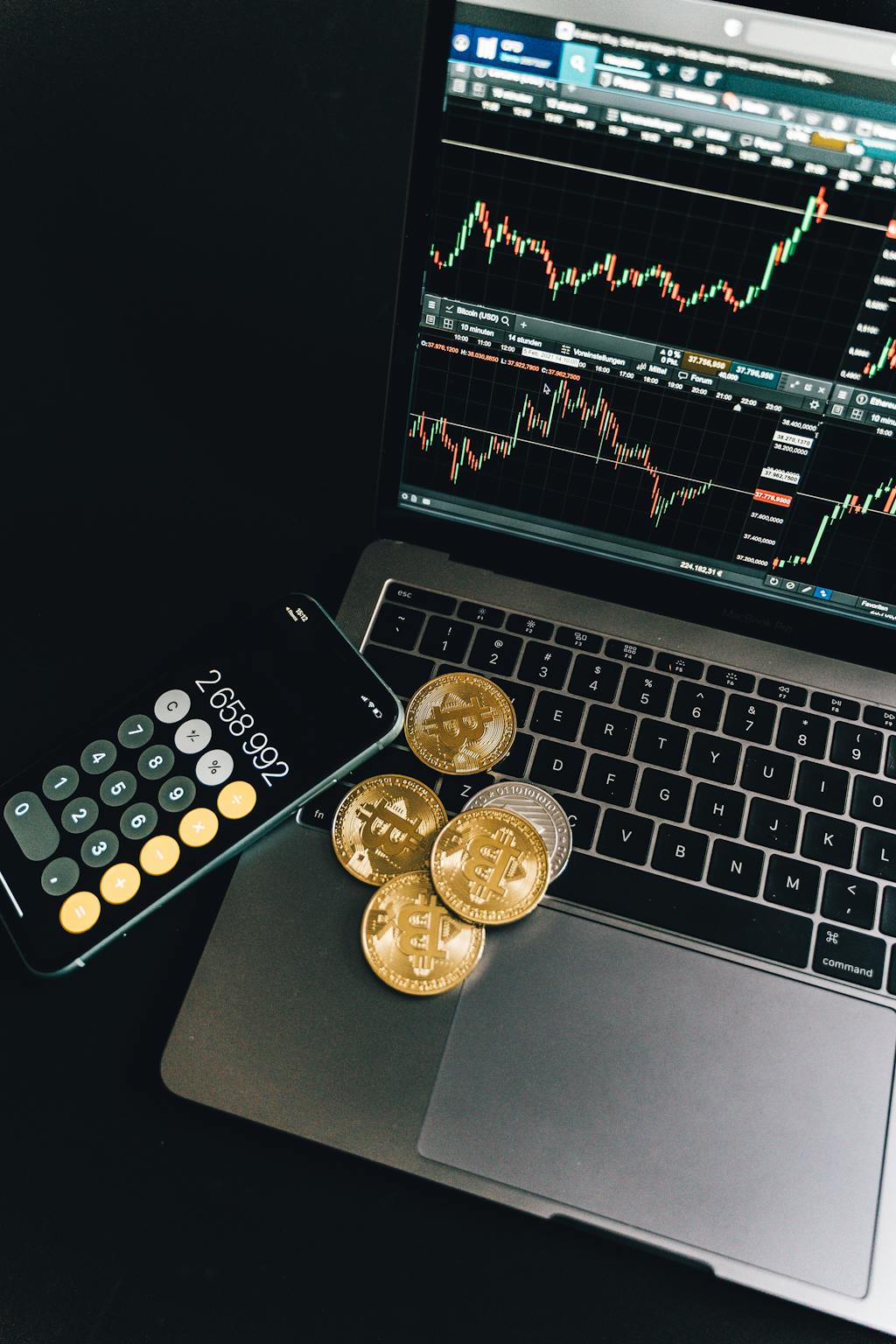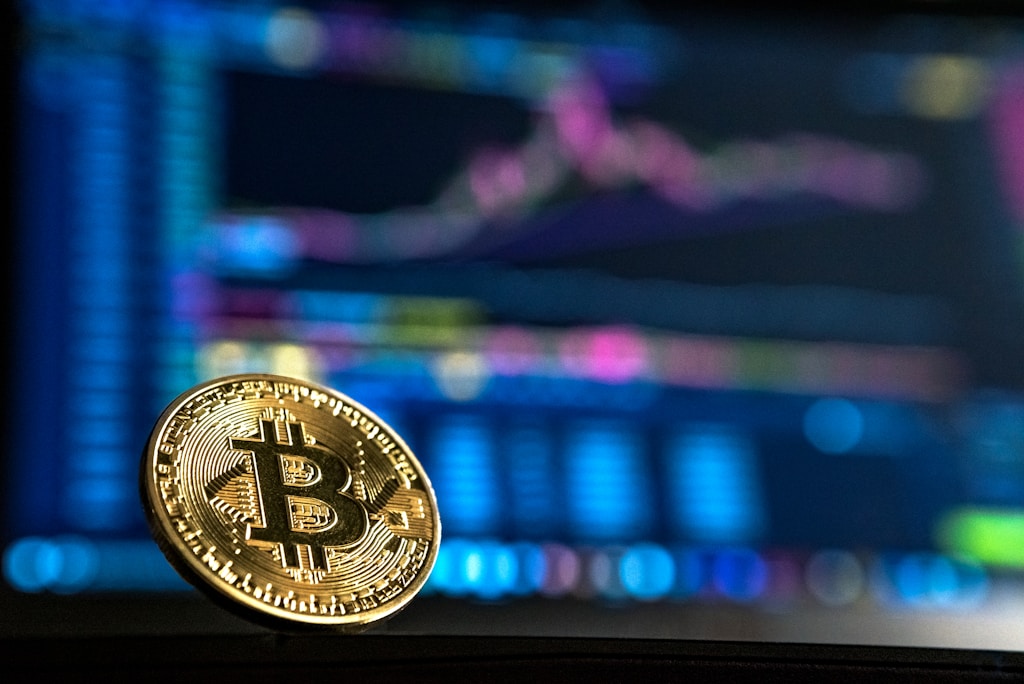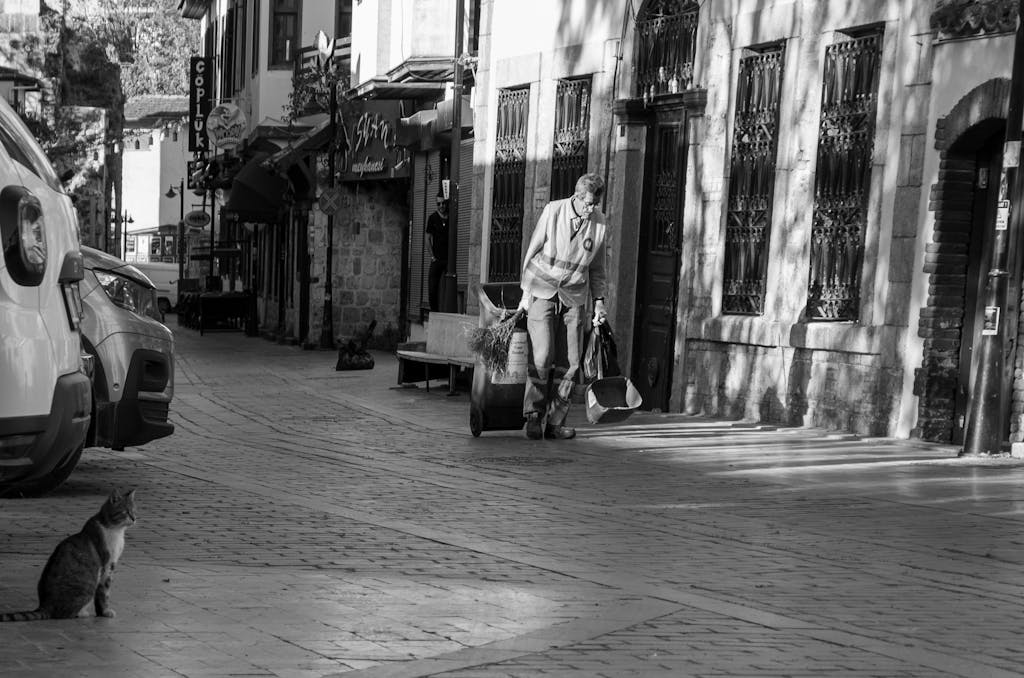Standard Chartered has issued a stark warning about the growing trend of companies holding Bitcoin in their treasury reserves, highlighting potential systemic risks that could emerge if cryptocurrency prices experience a significant downturn.
In what marks a significant development for corporate Bitcoin adoption, the multinational banking giant has raised red flags about the increasing number of companies following in MicroStrategy’s footsteps. This warning comes as more companies, including a major Spanish coffee chain, announce plans to add Bitcoin to their balance sheets.
Key Concerns Raised by Standard Chartered
- Risk of balance sheet volatility due to Bitcoin’s price fluctuations
- Potential liquidity issues during market downturns
- Corporate governance challenges in managing crypto assets
- Regulatory uncertainty surrounding corporate crypto holdings
SPONSORED
Trade Bitcoin with up to 100x leverage and maximize your profit potential
Corporate Bitcoin Treasury Trend Analysis
The warning comes as more than 100 public companies now hold Bitcoin in their treasuries, representing a significant shift in corporate finance strategy. This movement, largely inspired by MicroStrategy’s Michael Saylor, has seen companies allocating substantial portions of their cash reserves to Bitcoin.
Risk Mitigation Strategies
Standard Chartered recommends several measures for companies considering Bitcoin treasury investments:
- Implementing strict risk management protocols
- Maintaining adequate cash reserves
- Developing clear exit strategies
- Regular board-level oversight of crypto holdings
Market Impact and Future Outlook
The warning from Standard Chartered could have significant implications for the corporate Bitcoin adoption trend. However, many companies remain bullish on Bitcoin as a treasury asset, citing inflation hedging and potential appreciation as key benefits.
FAQ Section
What are the main risks of corporate Bitcoin treasury holdings?
The primary risks include price volatility, liquidity challenges, regulatory uncertainty, and potential balance sheet instability.
How many companies currently hold Bitcoin in their treasury?
Over 100 public companies now maintain Bitcoin as part of their treasury reserves.
What alternatives are recommended for corporate treasury management?
Standard Chartered suggests maintaining a balanced approach with traditional assets and implementing strict risk management protocols if choosing to include Bitcoin.







